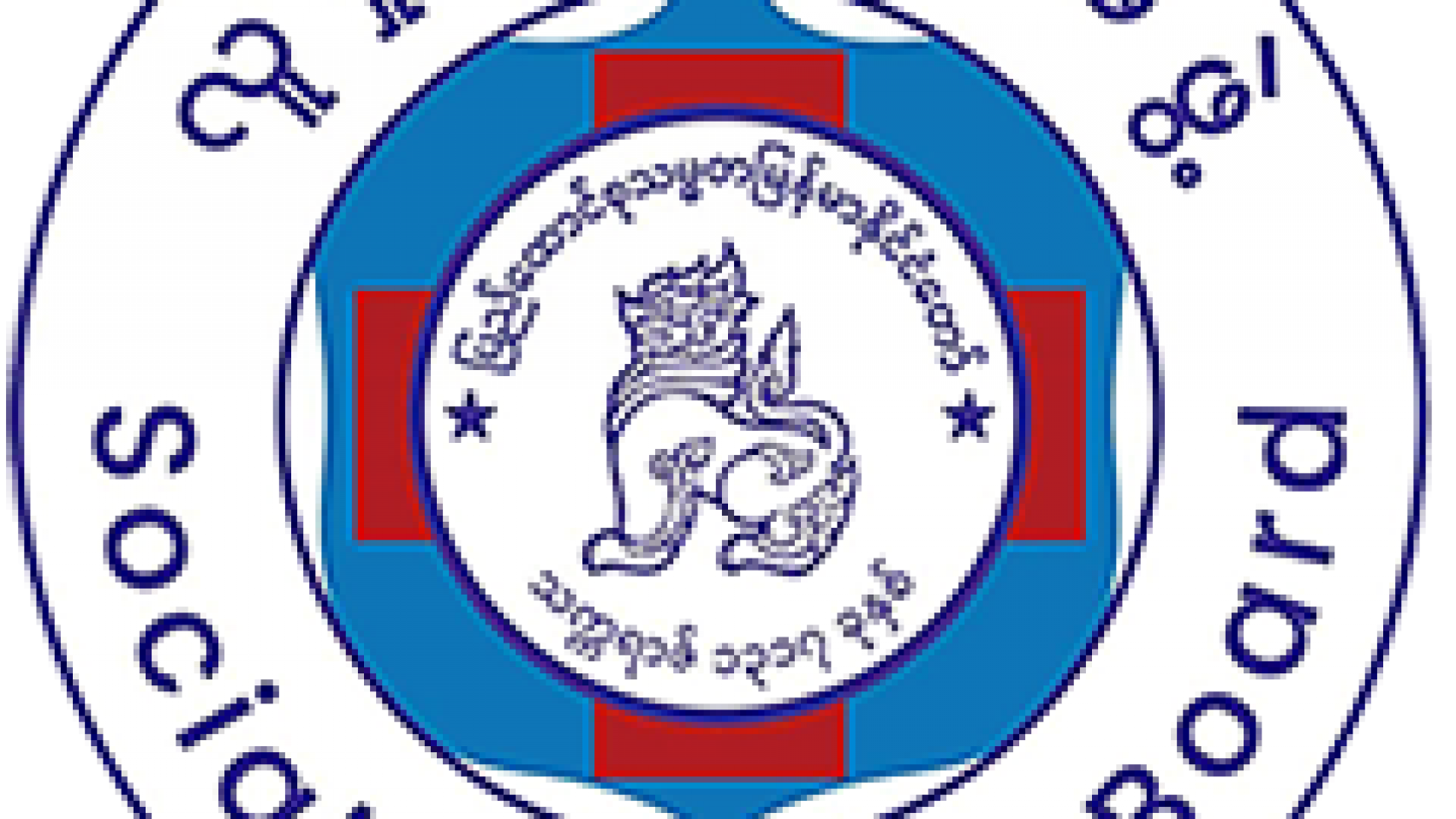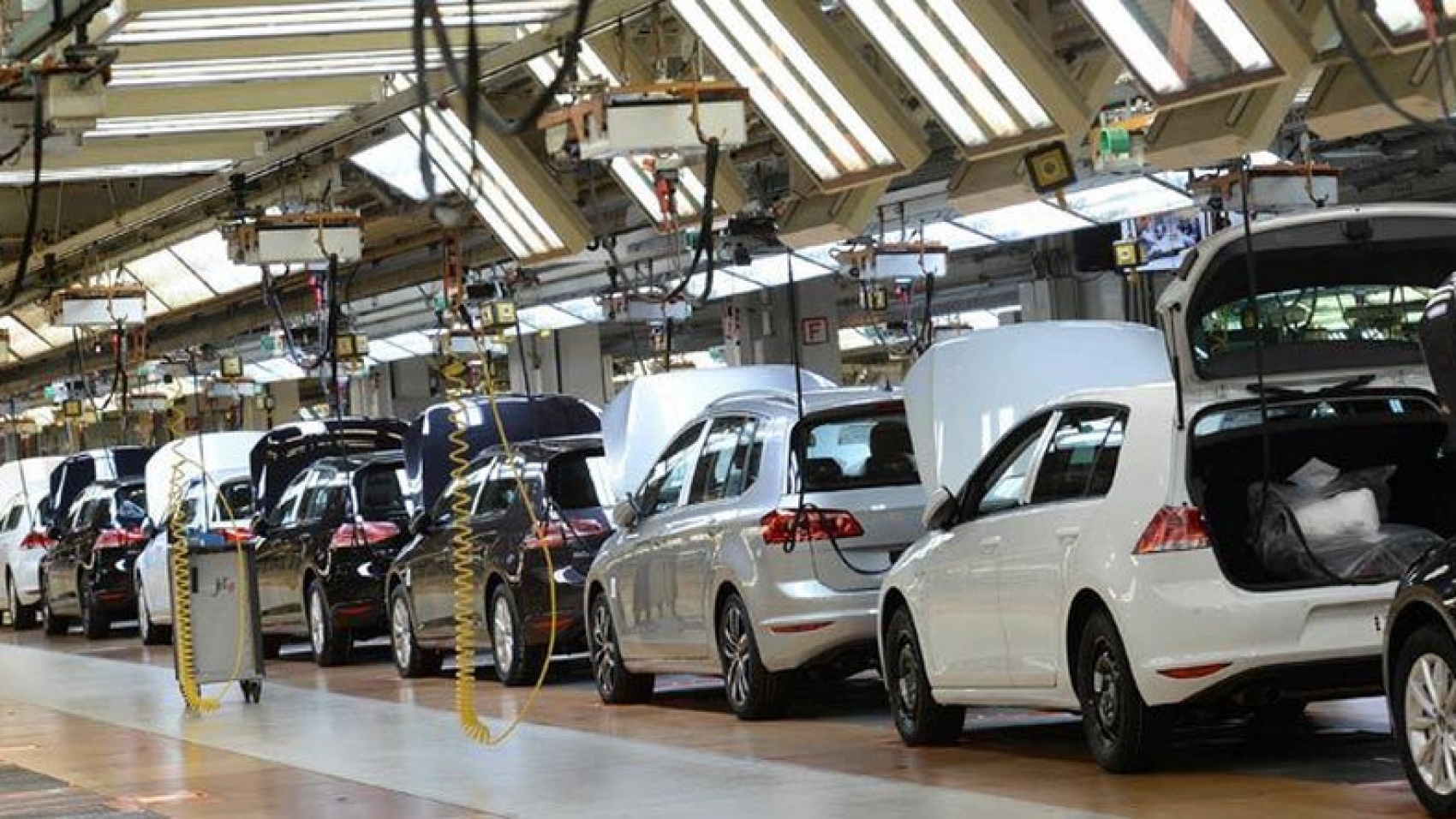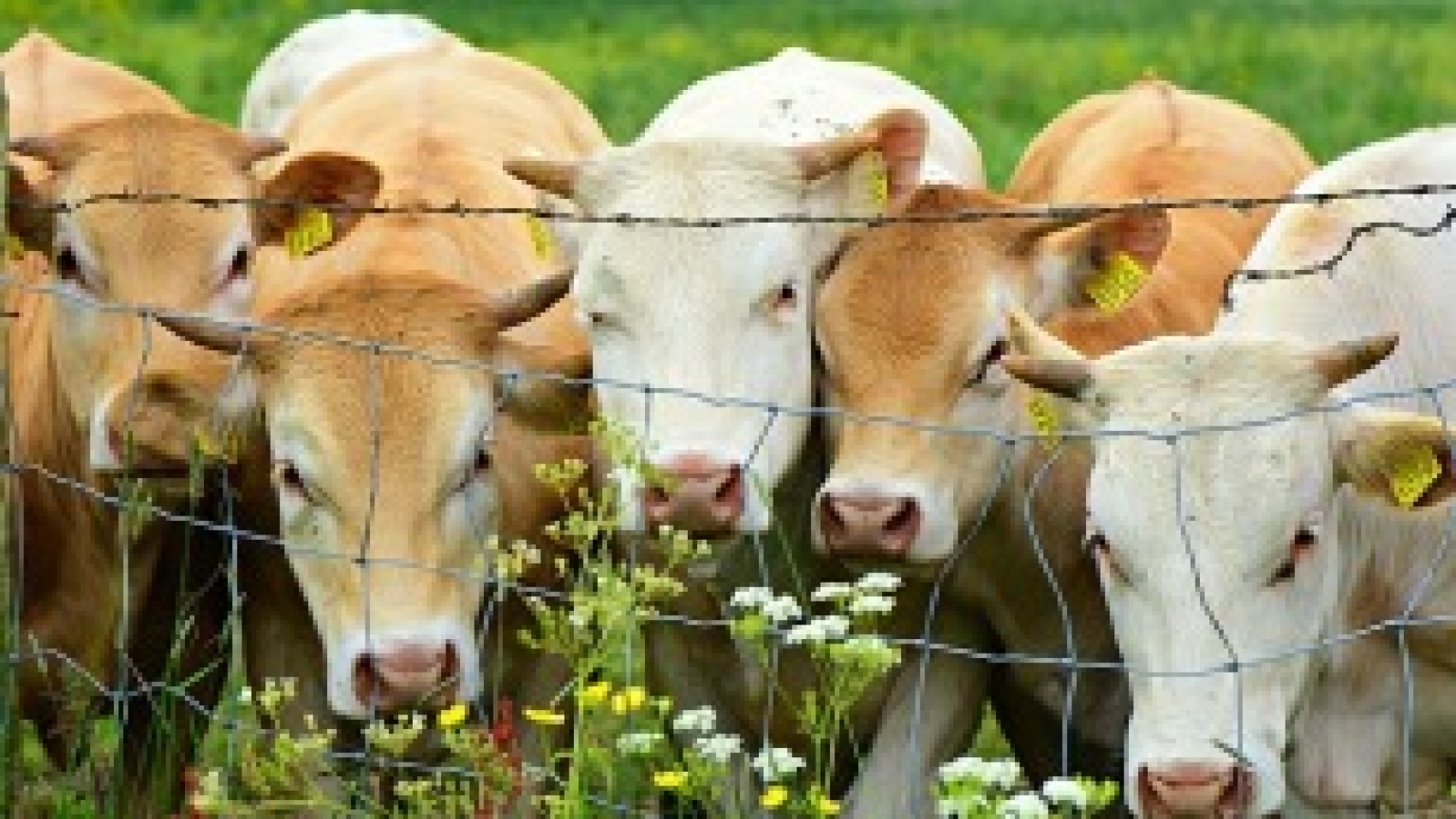In November 2020, the second wave of the COVID-19 epidemic closed car showrooms and manufacturing plants in Myanmar, leaving no brand new car sales or production, according to regional car sales and production data released by the ASEAN Automotive Federation. The ASEAN market as a whole saw sales of 256,158 new cars in November 2020, down 13.9 percent from the same period last year, with Myanmar down 100 percent. In 2017, 8225 brand new cars were sold in Myanmar, more than 97% more than in 2016. In 2018, there were 9,299 vehicles compared to the same period in 2017. Sales increased by 113% to 17,524 vehicles in 2018.
In the Myanmar market, 4,392 vehicles were sold in 2019 compared to 2018, with 21,916 new cars (an increase of 25.1%). In January 2020, 2034 new cars; In February, 2,286 vehicles; 1979 were sold in March, and showrooms closed in April due to the first wave of COVID-19. 1253 in May; 1985 in June; 2258 vehicles in July; In August, 2,238 vehicles were sold. Due to the second wave of COVID-19, only about half of the showrooms opened in September, selling only 1,112 units, and closed again in October and November. In 2016, 4,168 new cars were sold in Myanmar. In 2018, more than 17,000 new cars were sold, and in 2019, nearly 22,000 new cars were sold.
Myanmar is an emerging market for the sale and production of new cars, and growth is expected to continue year on year. Despite the continuous growth of new car production in Myanmar, as well as the growth of new car sales, car assembly production declined during the COVID-19 period. In January 2020, 1,459 vehicles; 1388 in February; In March, 1214 units were produced, and in April, the first wave of COVID-19 shut down car factories. 703 in May; 1313 vehicles in June; In July, 1,438 vehicles; In August, 1,558 vehicles were produced. Due to the second wave of COVID-19, the plant was operational for about half a month in September, producing only 1,587 units, and in October and November, the second wave of COVID-19 shut down car factories.
Six ASEAN countries, including Myanmar, are involved in the production of new car assemblies. Myanmar will increase by more than 320% in 2017; In 2018, it will be close to 150 percent. In 2019, it increased by more than 24%. The Asean market as a whole saw 325,242 new car assemblies in November 2020, down 4.6 percent from the same period last year, and Myanmar was down 100 percent from the same period last year. The number of new cars assembled in Myanmar in 2017 was 4,930, an increase of 3,788 units from 2016, an increase of 328%. In 2018, 12,292 cars were assembled, an increase of 7,362 from the previous year, an increase of 149%. In 2019, 15,496 cars were assembled, an increase of 3,204 from the previous year, an increase of 26%.
Source: Daily Eleven



